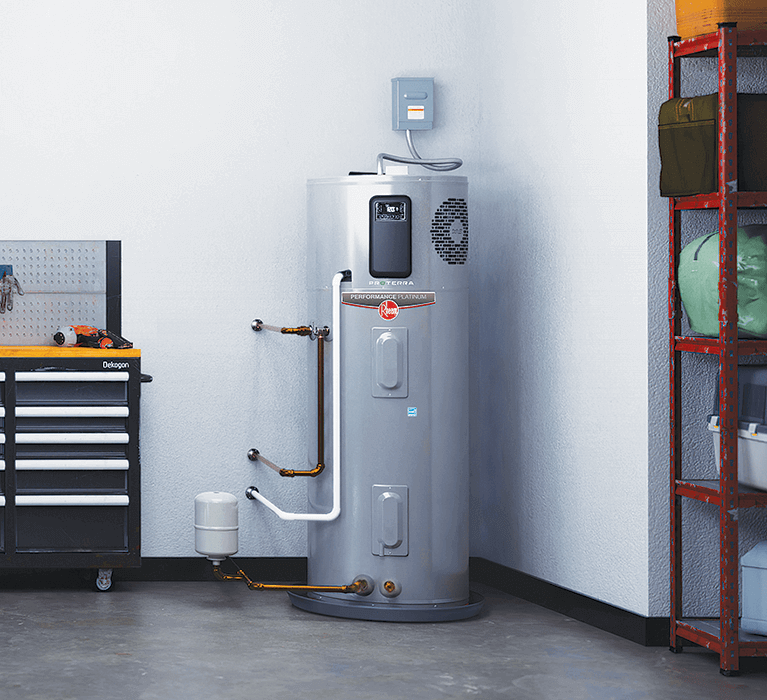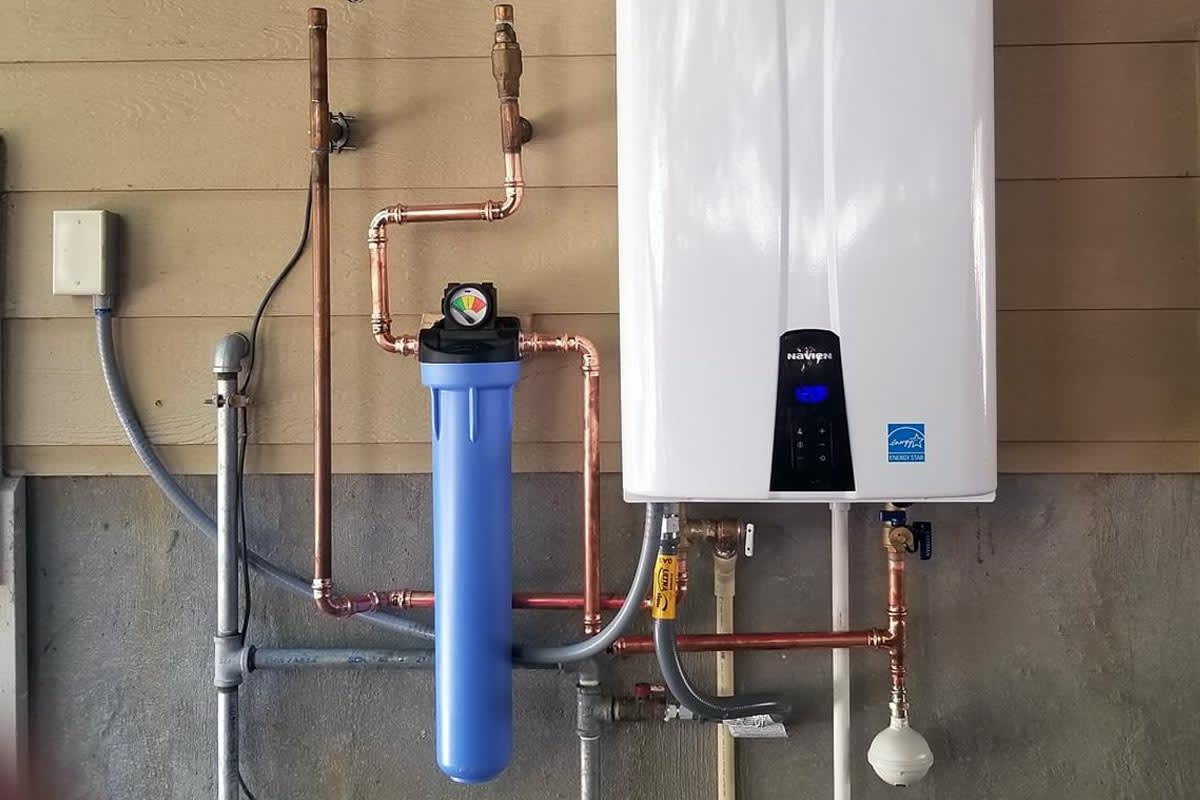Expert Tips for Maintaining Your Home's Hot Water SystemStep-by-Step Steps to Caring for Your Home's Hot Water System
Expert Tips for Maintaining Your Home's Hot Water SystemStep-by-Step Steps to Caring for Your Home's Hot Water System
Blog Article
Are you currently searching for know-how about Tips on Maintaining a Water Heater?

Warm water is vital for everyday convenience, whether it's for a revitalizing shower or cleaning dishes. To ensure your hot water system runs effectively and lasts much longer, routine upkeep is vital. This write-up gives practical suggestions and understandings on just how to keep your home's warm water system to avoid disruptions and expensive repair services.
Intro
Keeping your home's warm water system could appear daunting, yet with a couple of simple actions, you can guarantee it runs efficiently for several years ahead. This overview covers everything from understanding your warm water system to do it yourself upkeep pointers and recognizing when to call in professional help.
Importance of Maintaining Your Hot Water System
Regular upkeep not just expands the life-span of your warm water system yet additionally guarantees it runs effectively. Ignoring upkeep can result in reduced efficiency, higher energy costs, and also early failure of the system.
Signs Your Hot Water System Requirements Maintenance
Knowing when your warm water system requires focus can stop major issues. Look out for signs such as irregular water temperature level, odd noises from the heater, or rusty water.
Recognizing Your Warm Water System
Before diving into upkeep jobs, it's valuable to comprehend the basic components of your warm water system. Normally, this includes the hot water heater itself, pipelines, anode rods, and temperature controls.
Month-to-month Maintenance Tasks
Regular month-to-month checks can aid catch minor concerns prior to they escalate.
Purging the Hot Water Heater
Flushing your hot water heater eliminates sediment buildup, boosting effectiveness and prolonging its life.
Monitoring and Replacing Anode Rods
Anode poles stop deterioration inside the storage tank. Evaluating and replacing them when worn is vital.
Evaluating and Readjusting Temperature Settings
Readjusting the temperature level settings guarantees ideal efficiency and safety.
DIY Tips for Maintenance
You can do numerous upkeep tasks yourself to keep your warm water system in leading problem.
Looking for Leakages
Routinely examine pipes and connections for leakages, as these can bring about water damage and greater costs.
Testing Pressure Alleviation Valves
Testing the stress safety valve guarantees it functions properly and stops excessive pressure accumulation.
Shielding Pipelines
Shielding hot water pipes minimizes warmth loss and can save energy.
When to Call an Expert
While DIY upkeep is valuable, some issues need expert experience.
Complex Issues Needing Specialist Aid
Instances consist of significant leaks, electrical problems, or if your water heater is regularly underperforming.
Routine Expert Maintenance Advantages
Expert upkeep can consist of detailed inspections, tune-ups, and guaranteeing compliance with security requirements.
Final thought
Routine upkeep of your home's warm water system is necessary for effectiveness, durability, and expense financial savings. By adhering to these ideas and recognizing when to seek expert aid, you can ensure a reliable supply of hot water without unexpected disruptions.
How to Maintain an Instant Hot Water Heater
Before tinkering with your hot water heater, make sure that it’s not powered on. You also have to turn off the main circuit breaker and shut off the main gas line to prevent accidents. Also turn off the water valves connected to your unit to prevent water from flowing into and out of the appliance. 2. When you’re done, you have to detach the purge valves’ caps. These look like the letter “T” and are situated on either side of the water valves. Doing so will release any pressure that has accumulated inside the valves while at the same time avoid hot water from shooting out and burning your skin. 3. When the purge valves’ caps are removed, you have to connect your hosing lines to the valves. Your unit should have come with three hoses but if it didn’t, you can purchase these things from any hardware or home repair shops. You can also get them from retail stores that sell water heating systems. Read the user’s manual and follow it to complete this task properly. When the hosing lines are connected, open the purge port’s valves. 4. You should never use harsh chemical cleaners or solutions when cleaning your unit. Make use of white vinegar instead. It should be undiluted and you’ll probably use about 2 gallons. 5. Now flush your water heater. This task should probably take about 40 minutes. We can’t give you specific directions for this because the procedure is carried out depending on the type, model and brand of your heater. With that being said, refer to the user’s manual. 6. When you’re done draining the unit, you have to turn off the purge port valves again. Remove the hosing lines that you earlier installed on each of the water valves. Put the valve caps (purge port) back in their respective places and be very careful so as not to damage the rubber discs that are found inside these caps. 7. Now that everything’s back in place, check your user’s manual again to find out how to reactivate your water heating system. 8. Once it is working, turn one of your hot water faucets on just to let air pass through the heater’s water supply pipes. Leave the tap on until water flows smoothly out of it. https://www.orrplumbing.com/blog/2014/september/how-to-maintain-an-instant-hot-water-heater/

As a serious reader on Tips For Maintaining Your Hot Water Heater, I thought sharing that excerpt was mandatory. Are you aware of somebody who is intrigued by the subject? Do not hesitate to promote it. We thank you for your readership.
Call Today Report this page